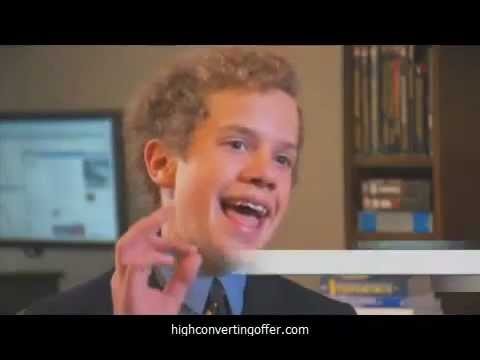Rich Dad Poor Dad Wikipedia the free encyclopedia
Post on: 4 Июнь, 2015 No Comment

Contents
Summary [ edit ]
The book is largely based on Kiyosaki’s childhood upbringing and education in Hawaii. It highlights the different attitudes to money, work and life of two men (i.e. his titular rich dad and poor dad), and how they in turn influenced key decisions in Kiyosaki’s life.
Among some of the book’s topics are:
- Kiyosaki’s upbringing, business and investment ventures
- assets and liabilities
- what the rich, middle class and poor teach their kids about money
- a primary residence as a liability rather than an asset
- financial intelligence literacy
- roles of business and financial skills, aptitude, and experience in financial success
Kiyosaki advocated his former mentor and American futurist, Dr. Buckminster Fuller ‘s views on wealth, that wealth is measured by the number of days the income from your assets can sustain you, and financial independence is achieved when your monthly income from assets exceeds your monthly expenses.
Reception [ edit ]
Larry Ludwig states the book’s reception as having been polarized. [ 2 ]
There has been strong criticism of the book. John T. Reed. a critic of Robert Kiyosaki, says, Rich Dad, Poor Dad contains much wrong advice, much bad advice, some dangerous advice, and virtually no good advice. He also states, Rich Dad, Poor Dad is one of the dumbest financial advice books I have ever read. It contains many factual errors and numerous extremely unlikely accounts of events that supposedly occurred. [ 3 ] Kiyosaki provided a rebuttal to some of Reed’s statements. [ 4 ] Slate.com reviewer Rob Walker called the book full of nonsense, and said that Kiyosaki’s claims were often vague, the narrative fablelike, and that much of the book was self-help boilerplate, noting the predictable common features of such books were present in Rich Dad, Poor Dad. He also criticizes Kiyosaki’s conclusions about Americans, American culture, and Kiyosaki’s methods. [ 1 ] The New York Times editor Damon Darling described the advice provided in the book are for people who wants to live on the edge. [ 5 ] Jonathan Clements from The Wall Street Journal strongly questions the book’s view of mutual funds. [ 6 ] Michael Bacher was quoted as saying, This guy pulls advice out of his behind and that his book is worth more as kindling than for its financial advice.
The book is a New York Times bestseller and has sold 26 million copies. [ 7 ]
Publishing history and promotion [ edit ]
The book was self-published in 1997 before being published commercially. [ 7 ] In his audiobook Choose to be Rich. Kiyosaki said that every publisher turned him down, and Barnes & Noble had refused to stock the book. He placed his focus upon talk shows and radio show appearances, of which The Oprah Winfrey Show had the biggest influence on book sales. [ 8 ]














